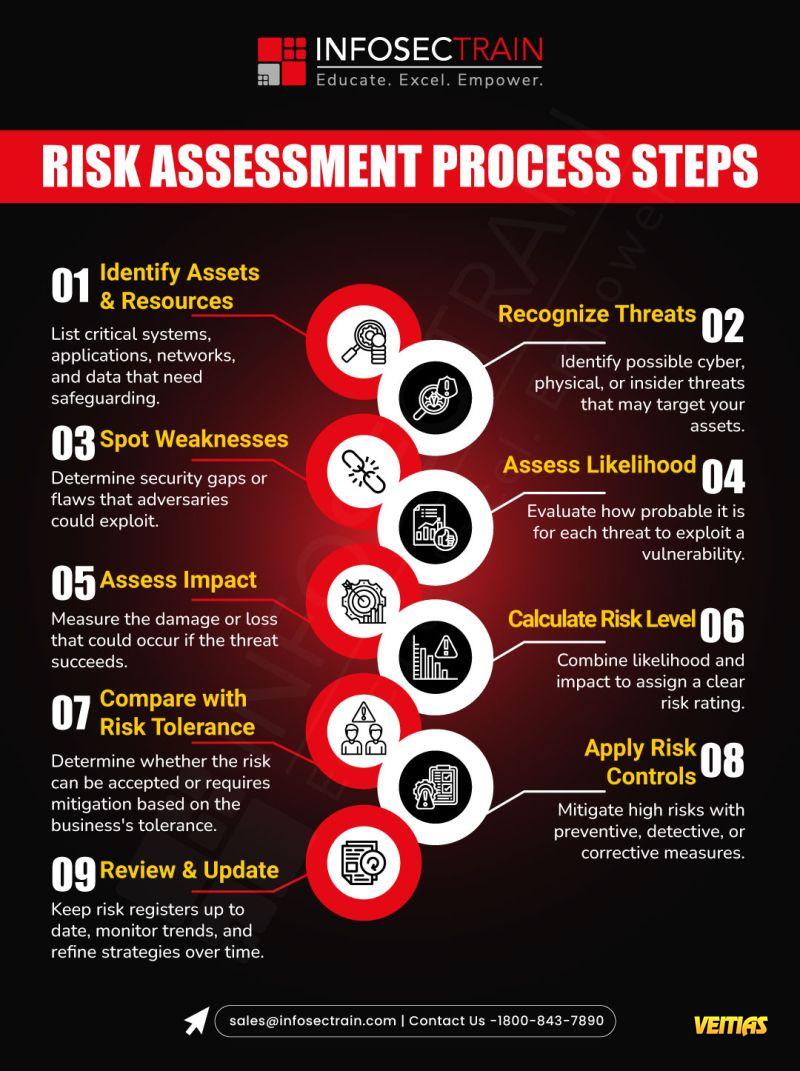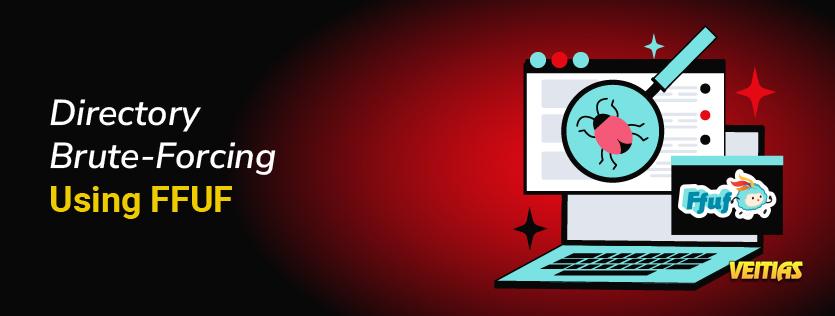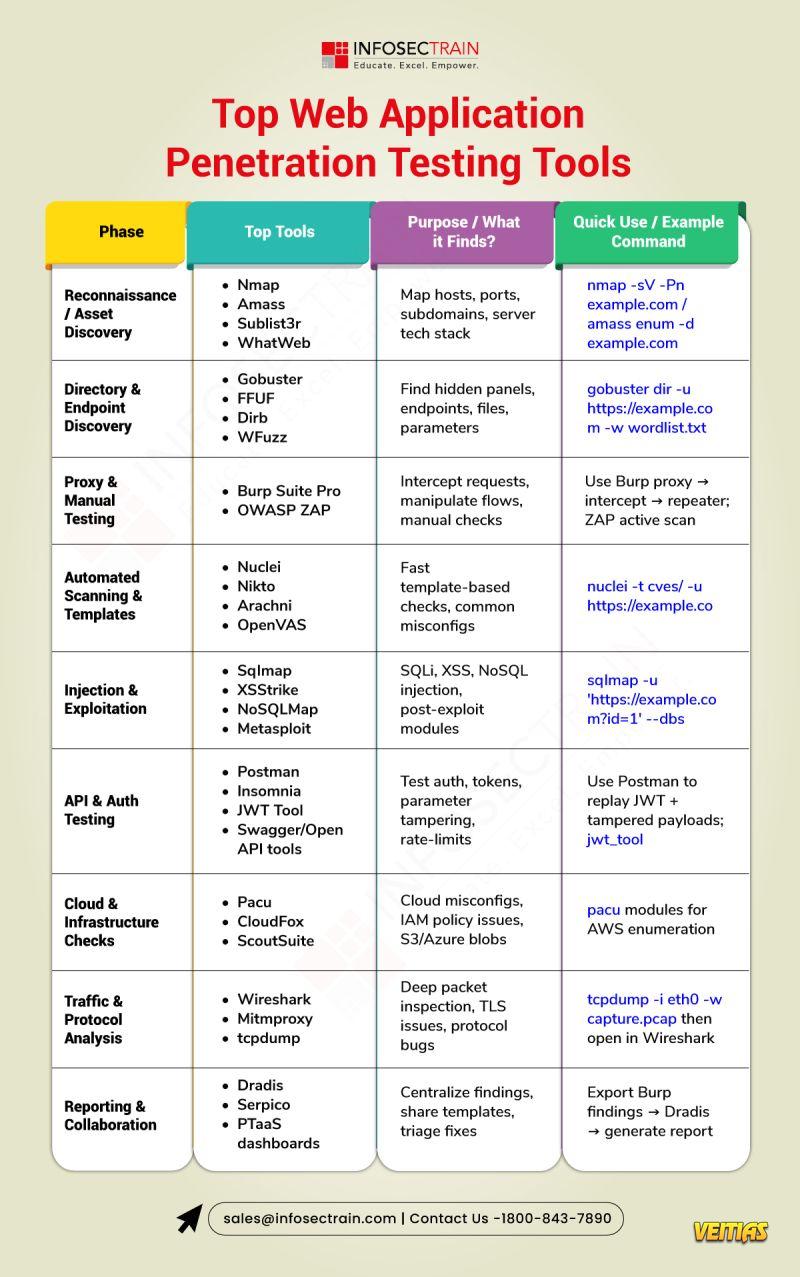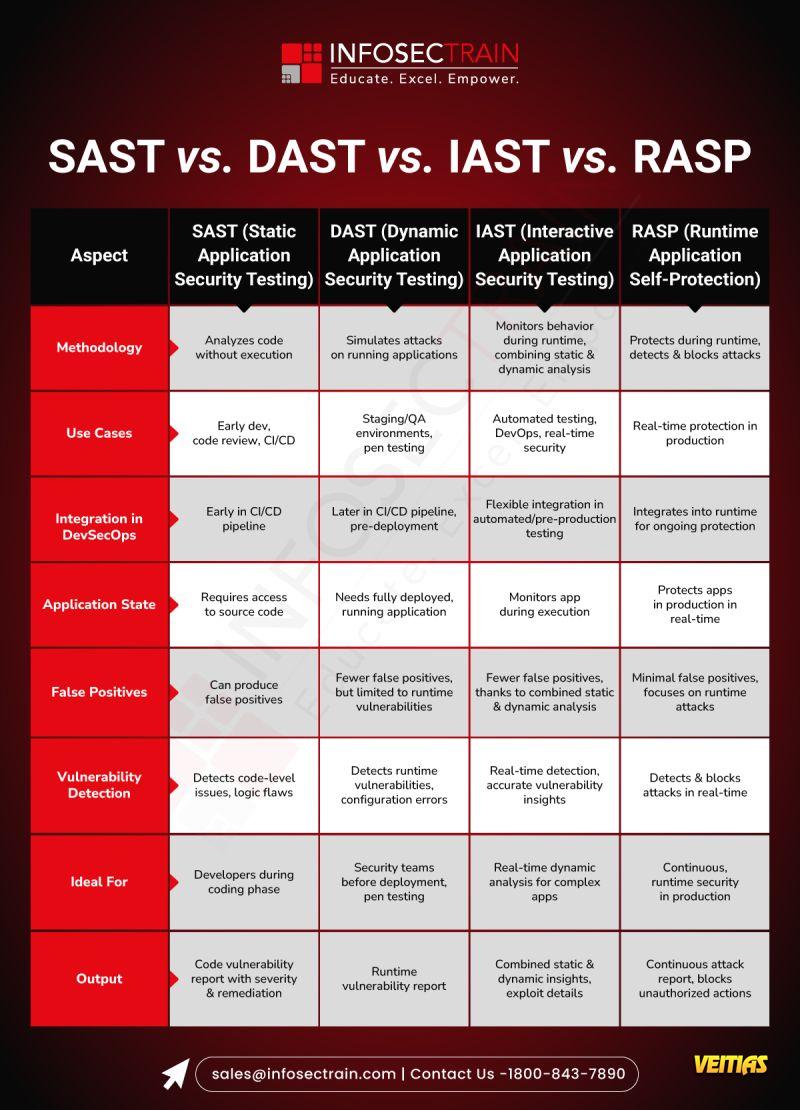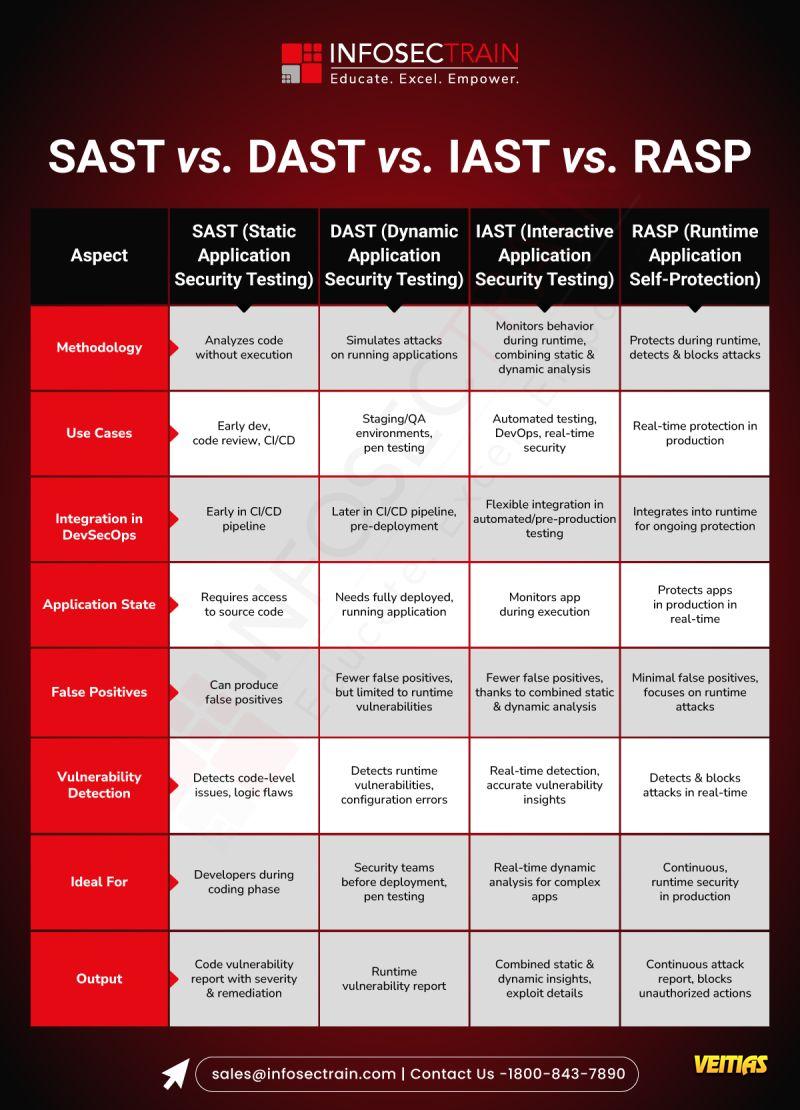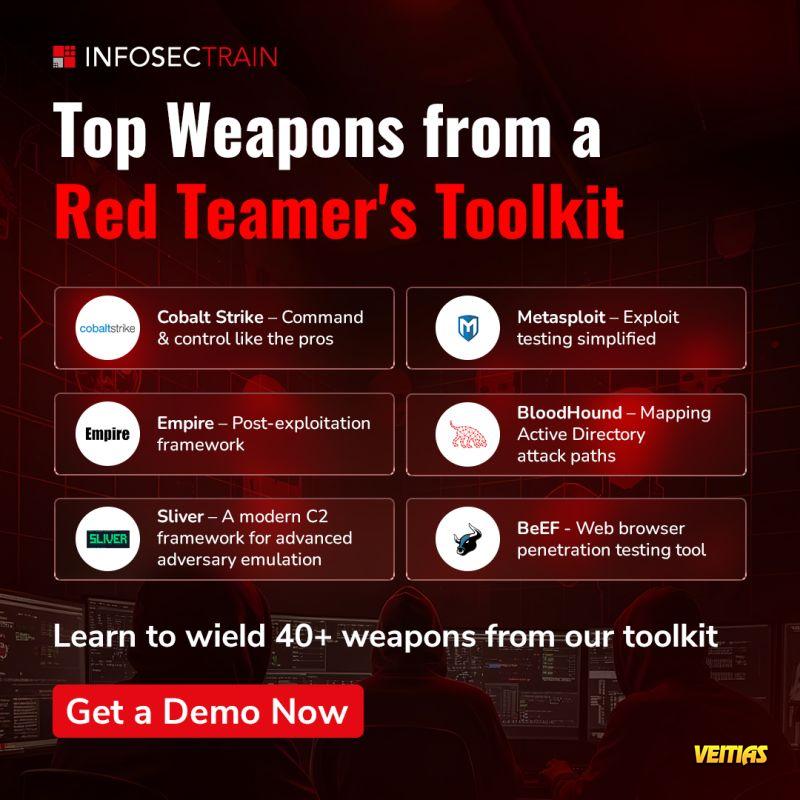Understanding the Risk Assessment Process is essential for identifying, analyzing, and managing potential threats to an organization’s assets and operations. It involves evaluating vulnerabilities, determining the likelihood and impact of risks, and implementing measures to mitigate them. A well-structured risk assessment helps organizations prioritize security efforts, comply with regulations, and strengthen overall resilience against cyber threats and operational disruptions.
Understanding the Risk Assessment Process is essential for identifying, analyzing, and managing potential threats to an organization’s assets and operations. It involves evaluating vulnerabilities, determining the likelihood and impact of risks, and implementing measures to mitigate them. A well-structured risk assessment helps organizations prioritize security efforts, comply with regulations, and strengthen overall resilience against cyber threats and operational disruptions.
0 Kommentare
0 Anteile
1055 Ansichten
0 Vorschau




